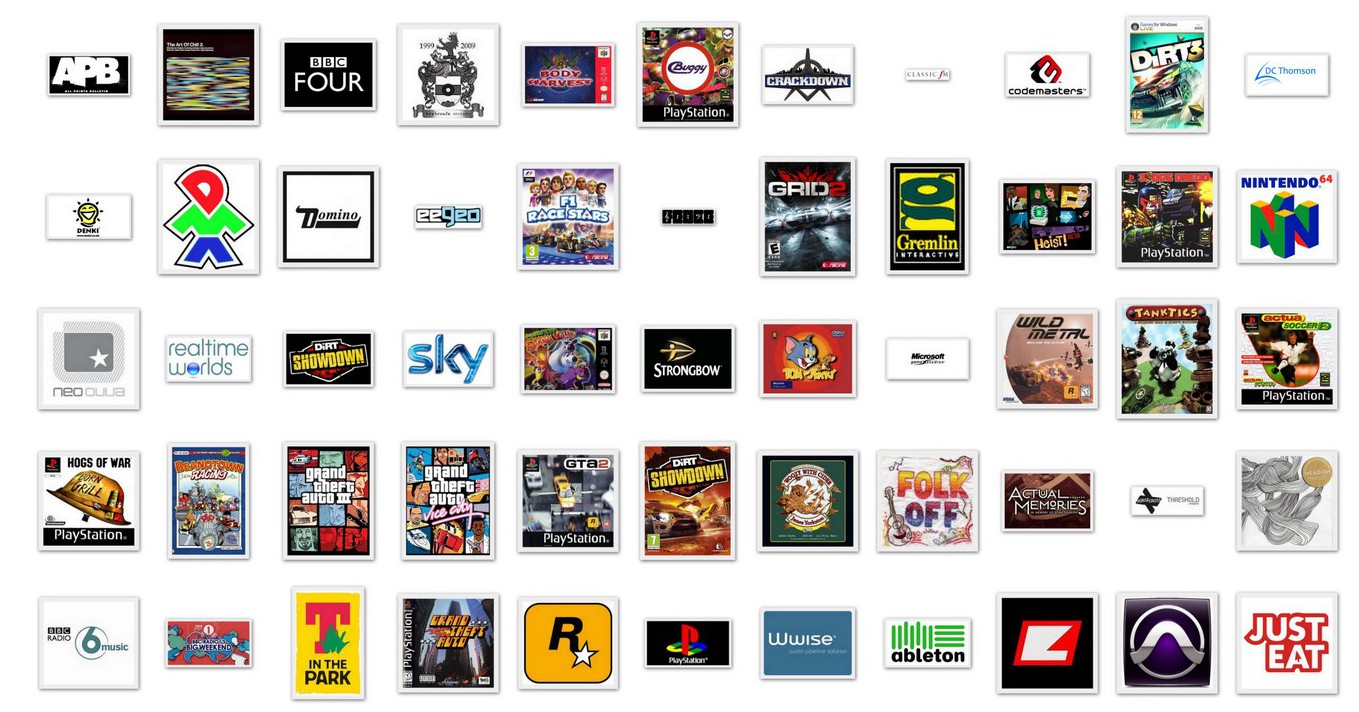DMA Design
Late 1980s: Foundation
DMA Design was founded in 1988 by David Jones in Dundee, Scotland, whose first employee was Mike Dailly followed by Russell Kay and Steve Hammond.[4] The name DMA was taken from the Amiga programming manuals (where it stood for Direct Memory Access) and the initials were later ‘retrofitted‘ so that they briefly stood for Direct Mind Access (DMA was also jokingly referred to as “Doesn’t Mean Anything” by a company founder).[5] In 1988 DMA signed with UK label Psygnosisand developed Menace and Blood Money – side-scrolling space shooters which gained attention from gamers and critics for both their high-quality presentation and difficulty. As with all the company’s early games, Menace and Blood Money debuted on the Amiga, one of the leading platforms for video games in Europe between the late 1980s and the early 1990s. A Commodore 64 port was published immediately after, later followed by DOS and Atari ST versions.
Early 1990s: Lemmings
DMA’s major breakthrough came with 1991’s Lemmings, a dynamic puzzle game that sold over 20 million copies on 21 different systems. It debuted on the Amigaand it was available on other major platforms like the NES, Sega Mega Drive/Genesis and Macintosh, and more obscure systems such as the FM Towns computer and the CD-i. Much of DMA’s time over the next few years was devoted to Lemmings follow-ups (Oh No! More Lemmings, Lemmings 2: The Tribes, All New World of Lemmings, and two Christmas-themed Holiday Lemmings special editions). They also released two original titles: 1993’s Walker (a side-scrolling mech shooter) and 1994’s Hired Guns (a first-person tactical shooter game with a four-way split screen). Other Lemmings sequels and spinoffs, such as Lemmings Paintball andLemmings 3D, have appeared over the years, but these were produced without DMA.
Mid-1990s: Nintendo arrangement, Body Harvest and Grand Theft Auto
1994’s Uniracers, a 2D platform racer featuring riderless unicycles, was the company’s first game to debut on a console (the Super Nintendo). Published byNintendo, it also marked DMA’s first game without Psygnosis, which was bought out by Sony in 1993. This was the beginning of what would be a long and often bumpy relationship with the Japanese console giant. After spending some time experimenting with various next-generation consoles (particularly the 3DO), DMA was asked by Nintendo to join their “Dream Team” of developers for the upcoming Ultra 64 system (later renamed Nintendo 64), alongside such other developers asRare, Paradigm, Acclaim, Midway Games, and Lucas Arts.
Under this arrangement, DMA would produce a title for the N64 that Nintendo would publish. The result of this collaboration was Body Harvest, a third-person 3D vehicular action game with a storyline about aliens arriving on Earth to harvest humans for food. Nintendo requested a number of major overhauls, such as the addition of puzzle and role-playing elements to make the game more appealing to the Japanese market. After numerous delays Nintendo dropped their publishing plans prompting Gremlin Graphics and Midway to pick them up. Body Harvest was released in 1998, three years after the game was first shown to mostly favourable reviews.
In October 1997 the company released (through the short-lived BMG Interactive label) Grand Theft Auto for the PC whilst neighbouring developer Visual Sciences converted the PlayStation version. Initially called Race and Chase, development began in 1995 with a relatively inexperienced team after a large group of new artists and programmers were hired.[6] On release GTA gained huge critical and commercial success with sales picking up dramatically in part due to the controversy attracted for its violent content, with the Daily Mail calling for an outright ban.[citation needed] This controversy was due in part to publicist Max Clifford planting sensational stories in tabloid newspapers to help boost sales of the game.[7] Due to this success the London 1969 and London 1961 mission packs were released in 1999.
